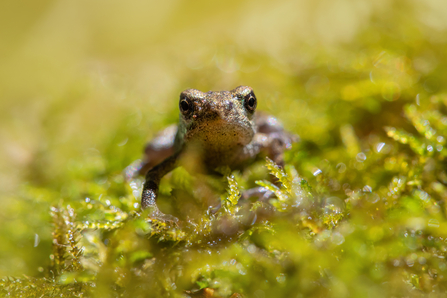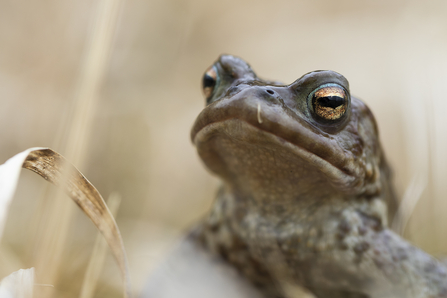Toadspawn
Females release double strings of fertilised eggs, unlike frogs that release clumps, in pond areas. They usually release around 1,500 eggs but some females have been reported to produce 5,000! The jelly around the egg swells when it’s in the water, making the eggs more buoyant. Staying near the surface means the eggs will be warmer and there is more oxygen available.



